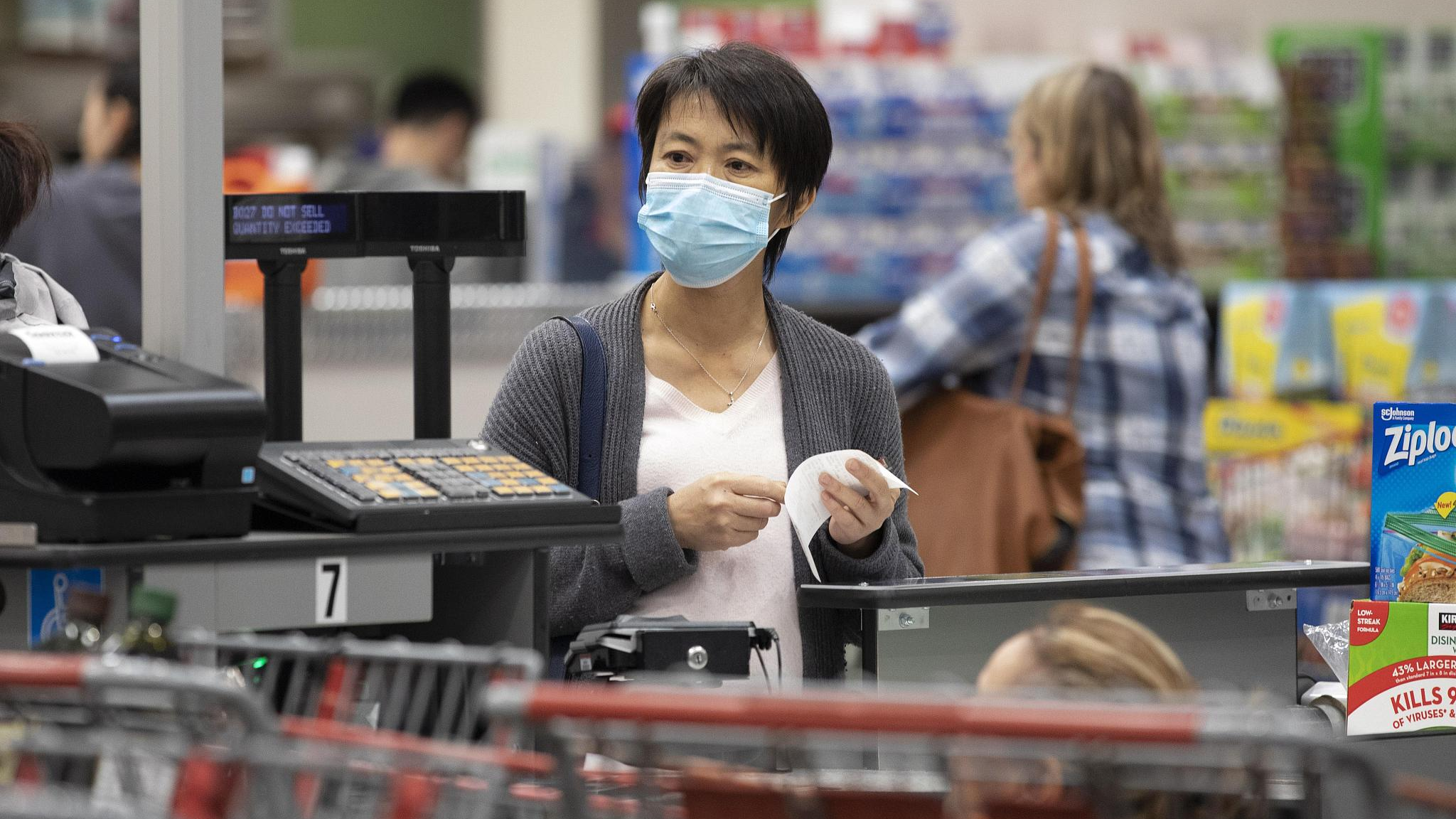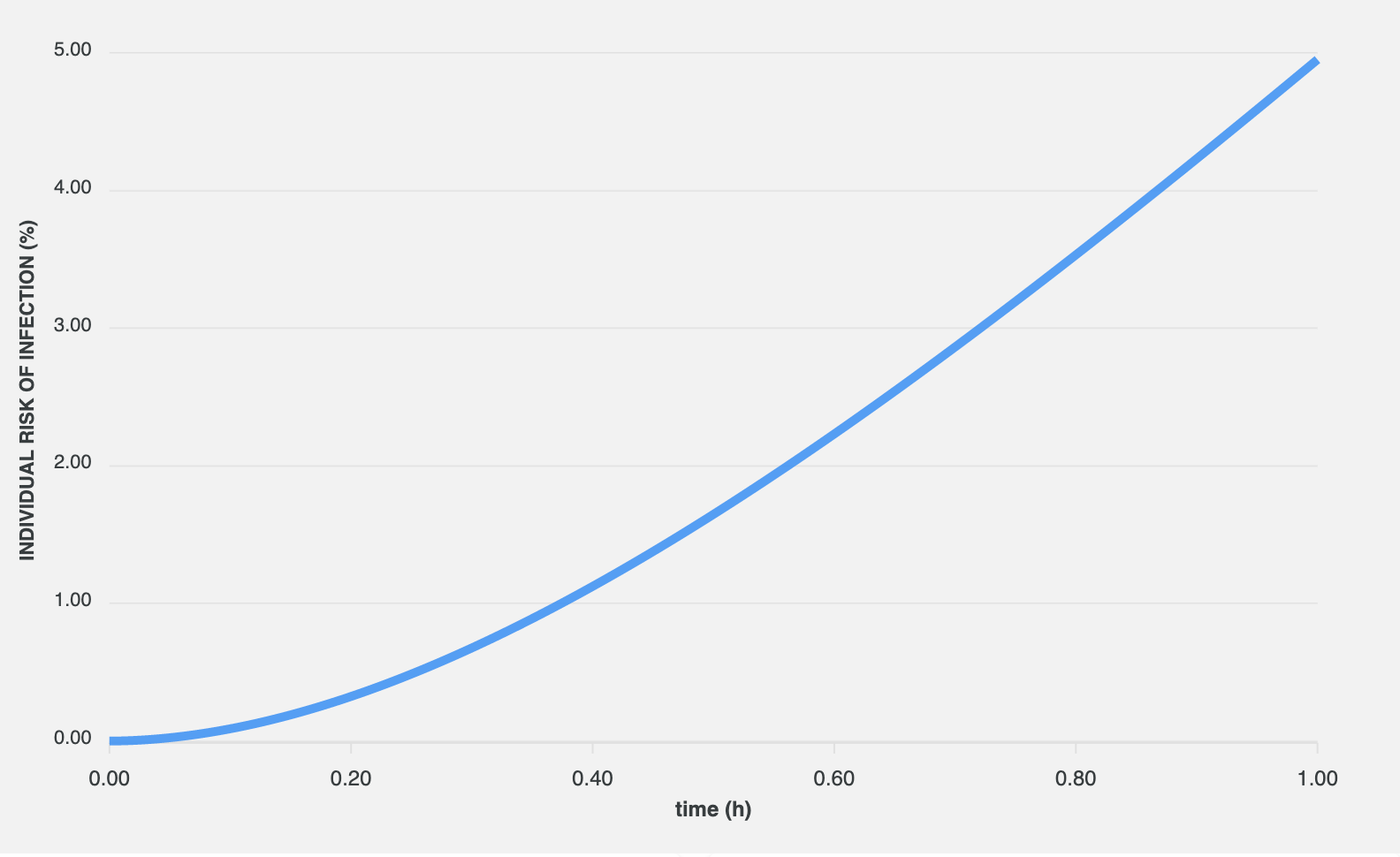
COVID-19 can travel 2 meters in a matter of seconds, meaning social distancing measures alone are not enough to stop the spread of the virus. /CFP/
COVID-19 can travel 2 meters in a matter of seconds, meaning social distancing measures alone are not enough to stop the spread of the virus. /CFP/
Have you ever walked into a supermarket and thought "how many people can safely pack into this building?"
The answer to that question depends on some key factors, such as the number of people in the room and the ventilation, according to researchers from the University of Cambridge and Imperial College London.
They used mathematical models and the characteristics of COVID-19 to create a calculator to estimate the risk an individual has of contracting the virus after being in a room for certain periods of time with another infected person.

By looking at the decay rate of the virus and viral load of a person with COVID-19, they also found that talking is more likely to spread COVID-19 than a short cough in an enclosed space.
This is because people exhale small droplets, or aerosols, when they speak, which are larger than droplets formed when people cough.
The larger droplets will likely fall on a surface and the aerosols will remain in the air. The ventilation of the room will then determine how long the aerosols will remain circulating – potentially infecting other people.
However, wearing a mask filters out some of the droplets and slows down the speed of a person's breath, mitigating some of this risk.

The app shows risk against exposure time, depending on factors such as the size of room, ventilation and type of mask being worn. The designers say estimated risk percentage should be treated with great caution. /airborne.cam
The app shows risk against exposure time, depending on factors such as the size of room, ventilation and type of mask being worn. The designers say estimated risk percentage should be treated with great caution. /airborne.cam
The researcher's calculator is now available online and is used by the University of Cambridge for risk assessments.
According to the online tool, a person in a room that's 100 square meters with 50 other people not wearing masks has a 10 percent chance of being exposed to COVID-19 after an hour and 40 minutes.
That number increases to 50 percent after around seven hours, or slightly less than one working day.
If the people in the room are wearing surgical masks, a person's risk only reaches 10 percent after around three hours. And they only have a 25 percent chance of contracting it after seven hours.
Taking breaks and airing the room can decrease the percentage for short periods of time. But there are limitations to this model.
"The estimated risk percentage should be treated with great caution! Many of the model inputs are very uncertain," the researchers stated on their website.
"Thus, the user should see how risk of infection decreases or increases by using face masks, by improving ventilation, etc...
"It is assumed that hands are washed and that individuals are far apart from each other – that is, the risk of short-range transmission by droplets/aerosol is not included and might be significant."

